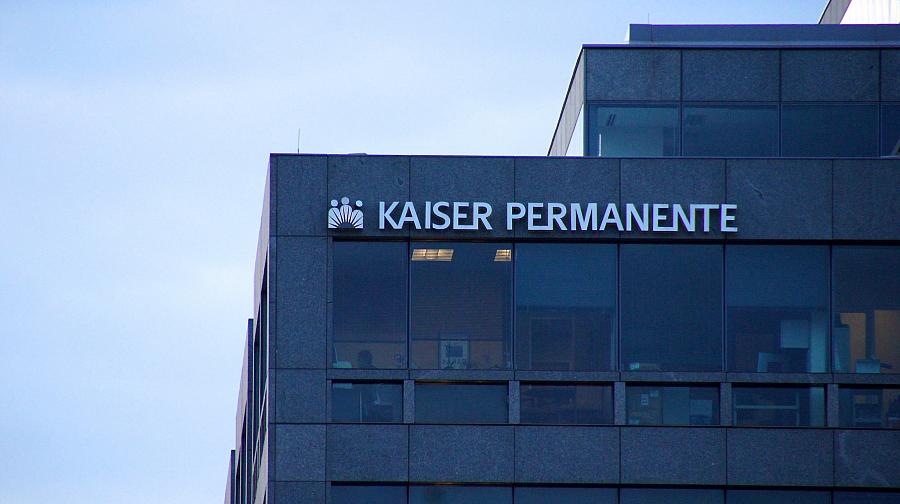After disappointing start on exchange, Kaiser recalibrates enrollment push

With Covered California’s upcoming open enrollment season fast approaching, Kaiser Permanente, the state’s largest HMO, is working hard to improve on its performance last year. And that means the Latino population has its attention.
The 2015 open enrollment season begins Nov. 15 and the HMO has been beefing up its Spanish language services, translating webpages and adding Spanish language operators to its call centers.
“In the last year, we tremendously increased the amount of Spanish language content,” said Bill Wehrle, Kaiser’s vice president of health insurance exchanges, in an email.
Kaiser’s enrollment of 210,000 members through Covered California gave it a disappointing fourth-highest share of the market, behind WellPoint, Blue Shield of California and Health Net.
To increase membership, the Los Angeles Times reports that Kaiser has cut rates by 1.4 percent for 2015. In contrast, rates for Anthem Blue Cross, a unit of WellPoint, will go up an average of 4.6 percent. Even so, Kaiser will remain one of the more expensive plans on the market.
According to the Times, the three big insurers and Kaiser together accounted for 94 percent of Covered California's initial enrollment of 1.4 million people under the Affordable Care Act. The state estimates that about 1.2 million actually completed the sign-up process and started paying their premiums.
Hundreds of thousands of Californians remain without coverage and are potentially eligible for subsidies. Still, Kaiser anticipates it will have to work hard to gain new members. Its higher rates will likely deter new members. In addition, the enrollment season is shorter than last year and Wehrle says the remaining uninsured population is increasingly hard to reach.
To target Latinos, Kaiser has turned its website into a bilingual resource with online tools now offered in both Spanish and English to remove language barriers. Wehrle also said its call centers also increased the number of Spanish-speaking operators by three or four times, depending on location.
At the start of last year’s open enrollment period, Latinos made up more than half of California’s uninsured population. Efforts to enroll the group through Covered California and Medi-Cal were initially disappointing, but a surge at the end nearly met the goal of 265,000 Latinos signed up on the exchange.
Even so, the Latino population remains one of the largest groups of uninsured in California, with 2.8 million uninsured. That’s almost a third of the 10.2 million people who make up the country’s uninsured population.
Immigration issues complicate Latino enrollment through Covered California. Only citizens and U.S. legal residents are eligible for coverage, but many Hispanic families have mixed immigration status. Federal authorities insist information on applications will not be shared with immigration authorities, but fears remain. The Health for All Act, which would’ve extended coverage to undocumented immigrants in California, stalled in the legislature this year, although the bill’s backers recently announced plans to reintroduce it in January.
During last year’s frantic roll out of Covered California, Kaiser learned it needed to be better prepared during open enrollment, Wehrle said. The HMO was caught off-guard by the number of callers needing assistance in Spanish – calls that lasted longer than anticipated – and the rush to enroll as the deadline neared.
In addition to adding more bilingual call operators, Kaiser says its service representatives have been trained to handle calls specifically related to the Affordable Care Act. That includes not only helping callers eligible for Covered California but those eligible for Medicaid as well.
It remains to be seen whether these efforts will translate into a greater share of the Covered California market. But Kaiser’s bilingual services and Medicaid assistance demonstrate the Affordable Care Act is making a difference. It’s activating competition that benefits consumers.
Photo by Ted Eytan via Flickr.
